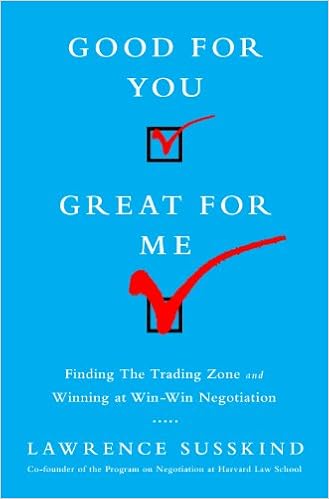Consensus building is an approach to group decision-making that puts a premium on problem-solving. (The problem, of course, is how to get everyone on board.) Most people approach group decision-making -- whether in a committee, a club, a locality, a community-of-faith, a legislative body, or any other kind of assembly -- with the idea that majority rule is their only option. That is, only 51% can be happy. The other 49% can't get what they want, and are supposed to lump it. My question is, "Why?" To me, it makes more sense to seek unanimity, then settle for overwhelming agreement after every effort has been made to resolve differences creatively. I would never start out with the goal of achieving a simple majority. The typical arguments against consensus building are (1) the process takes too long, (2) there are two sides to every question and people will always disagree, and (3) consensus building produces lowest common denominator agreements -- meaning bad agreements. As it turns out, all three of these assumptions are wrong. And, I have the evidence to prove it. My objective in this blog is to share that evidence and encourage as many people as possible to discuss their own group decision-making experiences. The key to consensus building, by the way, is that a neutral party -- trusted by everyone involved -- needs to manage each problem-solving conversation. In each post, I'll include one published reference. I'll start with Breaking Robert's Rules: The New Way to run Your Meting, Build Consensus and Get Results published by Oxford University Press in 2006 (by Susskind and Cruikshank). It's now available in Japanese, Chinese, and Portugese and will soon be published in French, Dutch, Russian and Spanish.
Saturday, January 3, 2009
Subscribe to:
Post Comments (Atom)





0 Comments:
Post a Comment